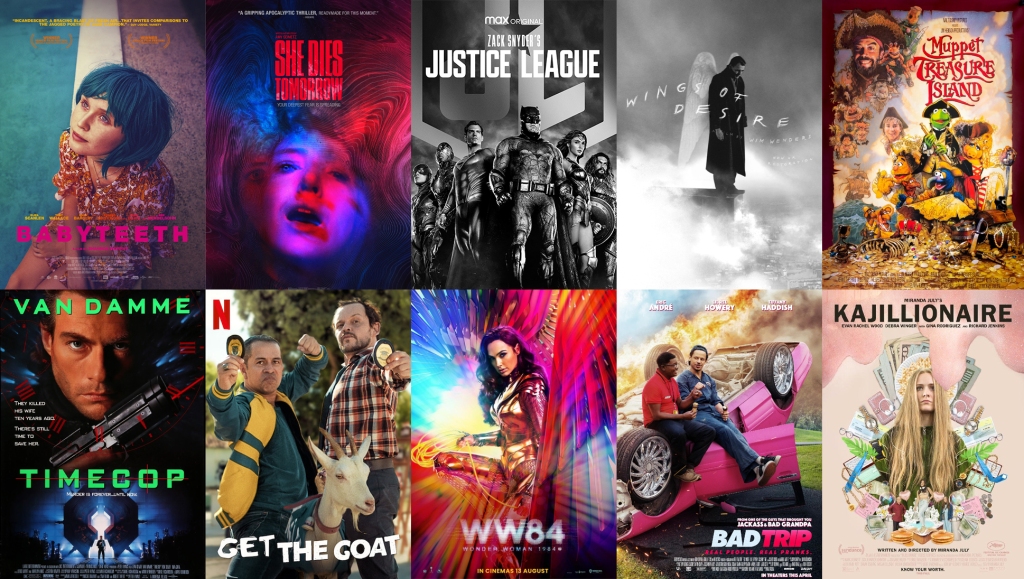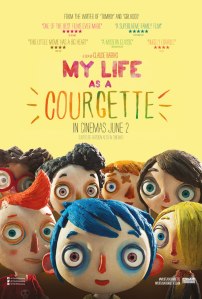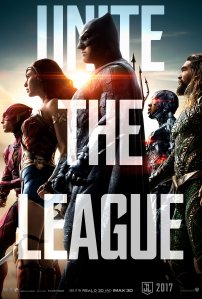Written by Tom
As 2021 gets consigned to the “Least Worst Year of a Worldwide Pandemic” bin, it’s time to look back on everything I watched over the past year and rank them from best to worst. My list is about half the size as normal and nowhere near comprehensive. It’s amazing! It’s stupendous! It’s short!
(My usual criteria for inclusion on this list applies: films must either have been released to the cinemas in the UK or direct to a UK streaming site in 2021. That said, this criteria will be applied more loosely than usual this year and films from as far back as 2019 are going to feature. The UK always gets films later than everyone else, particularly in the indie circuit, and the pandemic has hit movie distribution in a lot of weird ways, meaning that films which were massive in 2019 and that would’ve came to England in 2020 have only now just got their UK premieres on various streaming sites. When films like Promising Young Woman and Kajillionaire start appearing, please trust me, these were actually first released to the British general public in 2021. Mad, isn’t it?)

1. Promising Young Woman
A woman whose life was derailed when her best friend’s rape got covered up by an university goes for revenge, putting those in charge of the cover-up into positions where they’re mistrusted, humiliated and ignored. The film provides a razor sharp reinvention of rape revenge films through the novel idea of actually getting a woman to write/direct it, resulting in a savvy text which specifically focusses on microaggressions and builds up to a surprisingly cathartic ending that must mean a lot to many people. Out of all the films in 2021, this is the only one I can see proving important and influential.
2. Zack Snyder’s Justice League
Even as a vocal fan of Snyder’s DC work (like the internet needs another of those), I’m still genuinely surprised by how straightforwardly good this film is. Aware that Justice League features one superstar, three big hitters and two relatively obscure characters, Snyder gives all the plot stuff and emotional arcs to the obscure ones. This means that no one character overshadows the others while giving the film a concise emotional focus that no other Snyder film really has. The extended runtime also allows the film to properly establish its characters and stakes while giving Snyder room to apply his trademark style to everything. The result is easily the best film of Snyder’s DC trilogy. WB should’ve just released this four years ago and saved themselves a lot of bother.
3. I Care A Lot
Marla (a con artist who finds forgotten old people, shadily becomes their legal guardian, throws them in an old folks’ home, and asset strips their lives) gets in trouble when her latest target turns out to be the mother of a Russian mob boss. Marla is a neoliberal monster – a businesswoman who uses faux-feminist rhetoric to justify genuine moral depravity. By putting her against the mafia, the point isn’t to create sympathy for her but to present them as equals – being an exploitative capitalist and being a violent gangster are direct equivalents here. The result is an interesting, sharp and funny satire grounded by some excellent performances – highly recommended.



 Written by Tom
Written by Tom